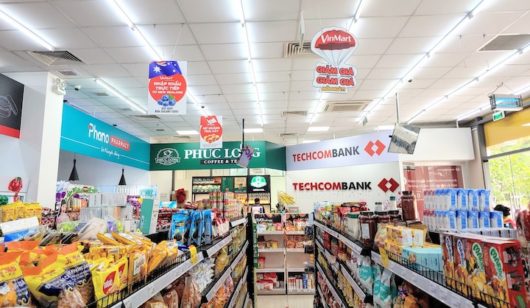Every day I am reading about the retail boom that is unfolding across Asian countries and it is true!
By the day organised retail is emerging in every market and whilst it does not necessarily mean the end of the traditional retail market it is a sign of the inevitable retail progress that man has experienced since the dawn of time.
Now in many of the Asian countries there is a great disparity between the level of wealth and who has it in their hands. Typically in the emerging retail countries such as China, India, Indonesia, Malaysia, Vietnam and the Philippines a small percentage of the population owns the vast majority of the wealth. This will change over time, (as it always has in retail developing countries) and the change will be one of acceleration as the top money makes its way down the chain and into what inevitably becomes the largest market segment – to the “middle market”.
The wealthy and those who aspire to have the image of wealth reach for the internationally known brands as there is a belief this represents:
1. The best product available, and
2. A social status symbol screaming “I am successful and I have money”.
So the starting point for the retail change is the environment where a few people have the spending power and are driven by brand motivations while most people live in poverty barely covering their survival costs. Initially only a small middle market group exists and even some of these spenders stretch themselves unreasonably to acquire the international brands.
Why is this important? The answer is simple and that is as a middle market retail segment emerges it will grow rapidly hand in hand with that country’s economic development. More jobs for more people will translate into increased retail spending and a growth in the amount of money that becomes available for discretional spending (personal shopping).
Generally, when studying the spending clusters it is found that the highest volume of shoppers exist in (and therefore shop in) the middle market segments. This means that not everyone wants to buy or can afford to buy ‘Brand’ products and that creates a tremendous opportunity for retailers to develop highly successful, affordable and profitable private brands.
Private brands that are well conceived, produced to high standards of quality control, that are displayed and promoted with confidence and are competitively priced deliver a unique market advantage to that retailer!
It’s all about exclusivity!
Private brand products can and should reflect outstanding value to both the customer and the retailer. For the customer they can thus afford to buy most of the branded product quality at a lower retail price. For the retailer, they have an exclusive product draw-card which, if developed correctly, will reap higher product margins. Sounds like a win-win outcome to me!
Here are some guidelines to apply when creating a private brand product offer:
1. Never trade off quality – aim for a minimum of 80 per cent of the market leader.
2. Do not be greedy on retail price – ensure the customer gets a minimum of 30 per cent savings.
3. Support the private label with confidence – strong store exposure and media promotion.
4. Plan the product in detail – essential to have detailed buying plans to protect the profit.
5. Allow time to develop successfully – creating a successful private brand takes time.
With the retail market in Asia developing fast, now is the right time to commence work on creating, delivering and owning a successful private brand offer. Start slow and build strong and you will have a great market advantage as the middle market grows and eventually explodes.
*InsideRetail.Asia columnist Darrell Wisbey has 30 years retail experience, living and working in Australia and Asia. He is based in the Philippines and has partnered with the Philippine Retailer’s Association and GREAT India Business School in advising on retail directions Email Darrell.






